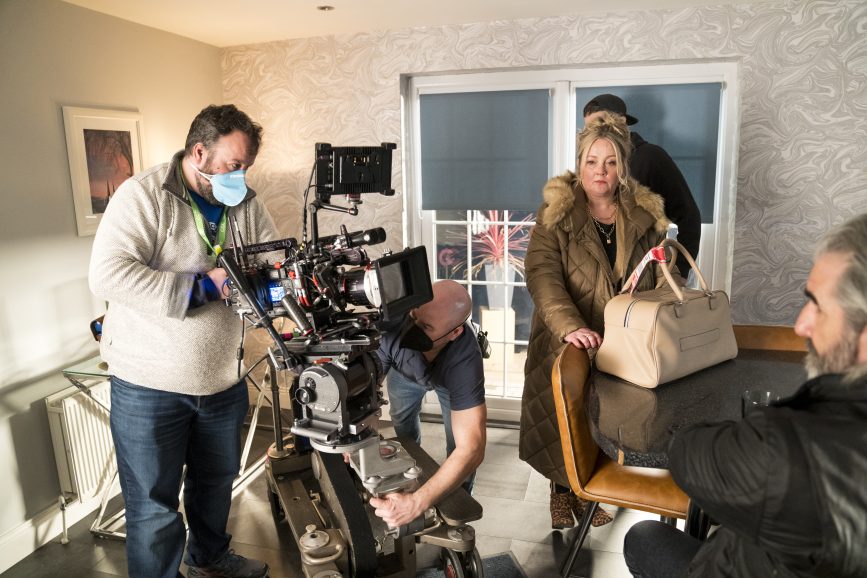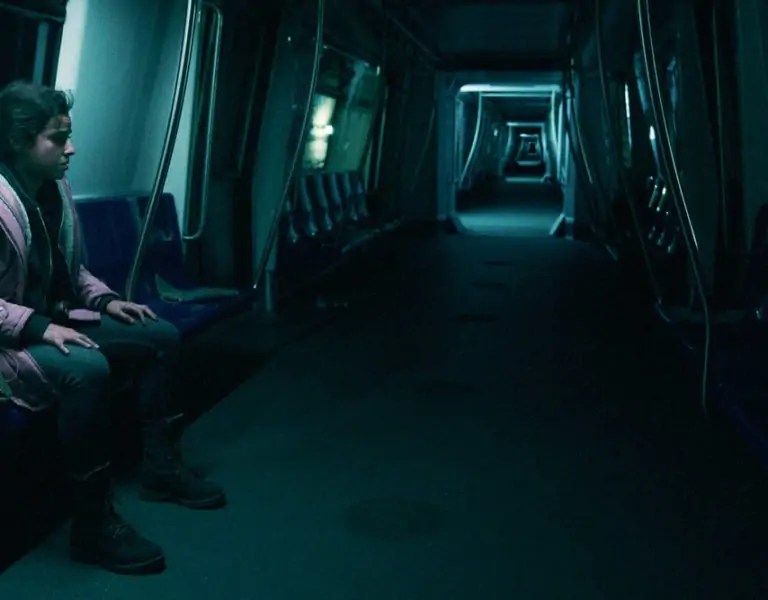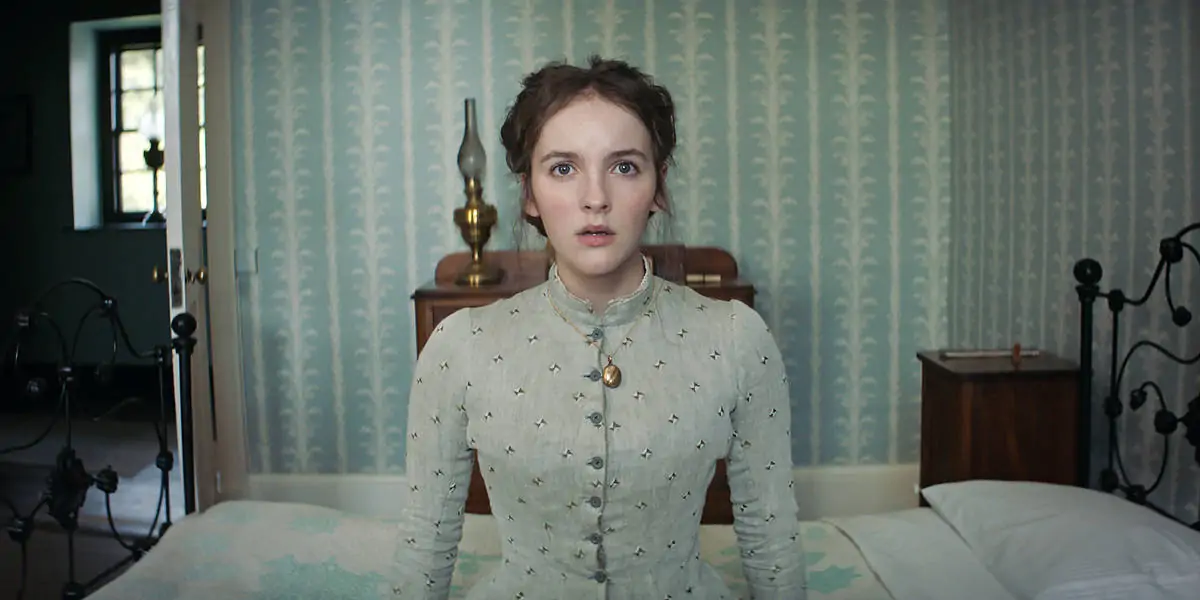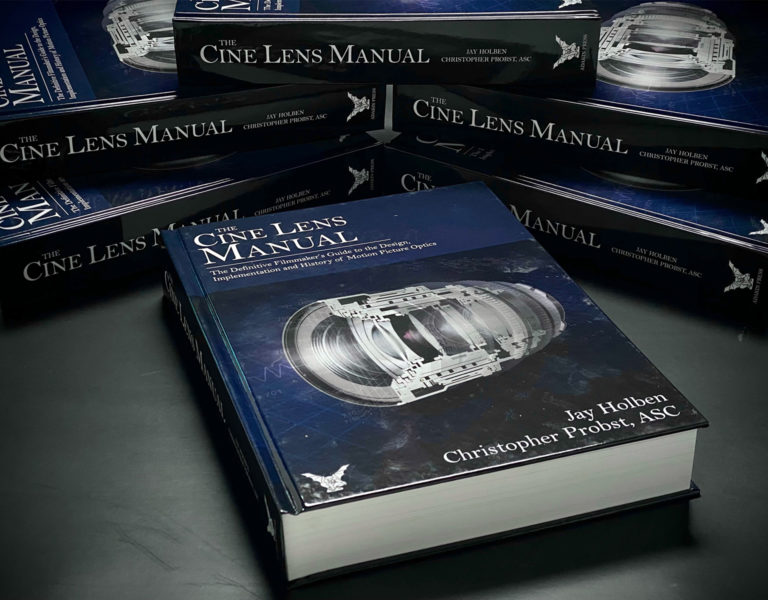PARTNERS IN CRIME
Shooting a fast-paced police drama on a limited budget required an innovative approach from the show’s DPs, Stephen Murphy BSC ISC and Angus Mitchell.
BBC1’s Blue Lights follows three rookie cops trying to fight crime and navigate the tricky politics on the streets of Belfast.
The six-part drama is directed by Gilles Bannier (Tin Star). When Bannier first spoke with Stephen Murphy BSC ISC, he expressed the desire to find the right ‘vibration’ for the images. That evocative word sparked a conversation and out of that, the visual style for the show was born: something Murphy describes as a mix of French New Wave meets New York ‘70s movies.

“We talked about our shared love of the Anamorphic Scope frame, and Gilles spoke about a need to keep an energy alive on set between takes, both for him and the actors, and the crew.
“I took this as a challenge to try and give him as much space on the floor of each set as possible so he could adjust and improvise his blocking from take to take with little to no interruption from me. In recent years I’ve become more interested in imperfect light. I still get anxious about shooting in backlight but I’m slowly learning to let go of that and embrace slightly uglier light if it means we can achieve a more interesting ‘vibration’ in the image.”
Photographically there were two major challenges. Firstly, a significant portion of his episodes (one, three and four) were set in police cars – often needing to accelerate or manoeuvre at speed halfway through a dialogue scene. In addition, many scenes were set at night on a production with limited budget.
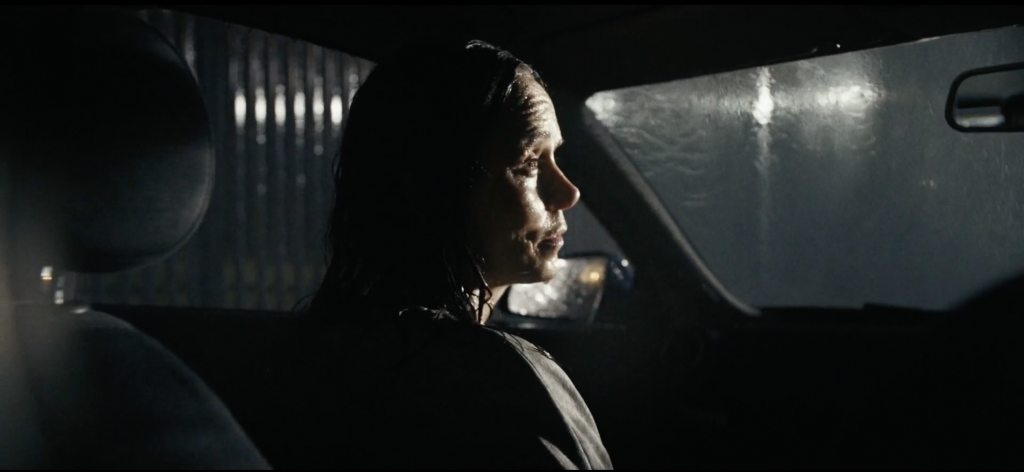
“When I spoke with the producers about how they would tackle the large number of driving scenes, I discouraged the use of green screen, and it was clear they couldn’t afford to use a volume. Even if we could, I felt the performance and drama would suffer by being on stage. The reality of being on a street at night, driving at speed was something to fight for. Low loaders wouldn’t allow them to have the cars drive at any speed or do the kinds of high-speed turns written in the script, so I tried to avoid that where possible.”
Murphy proposed using a POD car system for most of the car work, where a stunt driver sits on the roof of the car allowing the actors to react to real driving. Key grip Ian McGurrell worked with stuntman Gary Greenberg to build a rail system into the chassis of the car, so they could mount cameras anywhere outside of the vehicle.
“We built a power supply into the vehicle, mounted lights and cameras on the outside and let the POD drive where it needed to. The results were dynamic and far exceeded the traditional low loader approach.”

When it came to night work, director and DP were keen to avoid what Bannier called “Alexa night” – the practice of shooting with existing night-time street lighting and then adding lights to the foreground for modelling an actor.
“Neither of us wanted that kind of documentary look,” he says. “I wanted to ‘light’ the night exteriors in a more cinematic way, which meant taking a more traditional approach by using large tungsten sources, placed at a distance, to create a strong backlight. This gave me the contrast and shape I was looking for but, to be honest, made me very unpopular with some of the production team. Gilles and I loved the results, especially when combined with Rain FX and wetdowns so we persevered, much to the chagrin of others.”
The strong backlight mixed with the LUT they had designed to mimic a partial bleach bypass. “Skin tones were beautiful and the contrast gave the actors a statuesque look as if cut from stone,” Murphy says.

Having used Panavision’s DXL2 on a commercial earlier in the year Murphy decided to adopt that as primary camera body combined with a DXL-M for car interiors. They hoped to shoot anamorphic but budget forced them into spherical.
“The BBC wouldn’t allow us to have a full 2.35:1 image but instead allowed us to shoot a 2.2:1 image,” he reports. “I used Panavison Primos, lenses I’ve used for many years, and combined them with the Panavision AFA attachment, which simulates some anamorphic artefacts.
“Occasionally, when I was feeling particularly brave, I also added some Schneider Blue Streak filters. The results are often not subtle, but it does catch the eye and the vibration of the image is always excellent.”

Angus Mitchell shot episodes two, five and six, as well as additional photography on shows one and three. “The challenge for me was to maintain the consistency,” he notes. “Also, my blocks had some interesting interiors with mixed lighting source. Having used the RED Monstro sensor on previous series, I knew what it was capable of. The look really favoured the low-level lighting we employed.”
Murphy continued his habit of adding layers of custom Smoque and Ultra Contrast filters to the image, which helped control contrast and added some texture to the image. This was further enhanced in the grade by adding some light film grain with colourist Scott Ferguson at Belfast’s Yellowmoon.
“Gaffer Adam Slater and I took the time to sculpt the light where possible, often keeping actors in a sculptural half-light,” says Murphy. “We got notes almost daily about our rushes looking too dark, but again we stood by our guns to try and stay with the strong look we had designed in prep and thankfully we managed to keep that throughout the shoot and through to post. It’s a look we’re all very proud of.”
